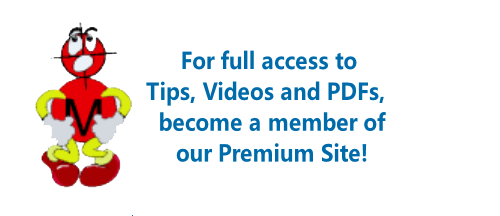Report Profile So There Is No Confusion - 2018 (#49B)
(In accordance with the ASME Y14.5-2018 standard)
PDF is Available with GD&T Reference Center Subscription.
Continuing the last two tips in this series, there is often confusion over how to report the measurement of profile of a surface. There seems to be two common methods

Suppose that when a part was measured using the method shown above, the greatest deviation from the set point was 0.015mm. This measurement was above the set point. In other words, there was 0.015 more material on one of the teeth than specified by the basic dimension. This could be reported as a +0.015 since there was more material than the basic goal.
Using reporting method B of Y14.45 standard. Taking the actual greatest deviation measured (+0.015) then multiplying this value by 2 in deriving the measure value.
Measured Reported Value = 2 X 0.015 = 0.03
The reported value of 0.03 is within the requirement of 0.04 allowing the part to be acceptable. Using this method is similar to the method used universally to report position errors. When holes, for instance, are measured, the radial deviation is determined and then doubled so that it may be compared to the allowed position tolerance that is usually stated as a diametral tolerance.

There is a standard on how to report profile variation. ASME Y14.45-2021 Measurement Data Reporting. This standard establishes uniform practices for reporting attribute or variable measurement data for dimensioning and tolerancing specifications defined in the ASME Y14.5-2018 and actual values defined in the ASME Y14.5.1-2019.
This tip is in accordance with ASME Y14.5M-2018.
This tip was originally released in November 2001.
